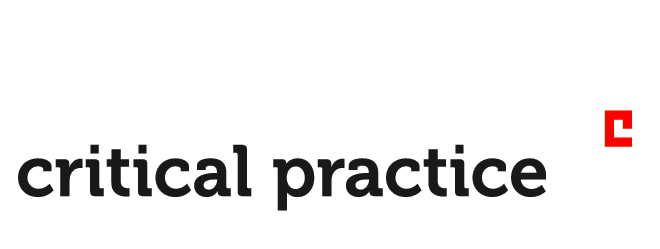As suggested, the brief aims to focus your attention on alleviating and preventing “crisis”, as well as design’s ability to both draw attention to the implications and consequences of our individual actions within those network/s in which we exist. For example we have previously outlined how consumers are completely unaware of what we could call the “network” implications and consequences of their financial choices, like when they buy milk products below their real market price or cost in supermarkets and thus jeopardize the entire viability of the UK Milk industry – as well as all of those other industries that are affiliated with it. If they were capable of being made aware of this - in “realtime” - through some sort of disclosure of the “network” consequences of their actions - through say something like Microsoft’s already existent “SixthSense” project - would they still behave in the same way? Or in other instances we have also talked about how various network’s waste might be capable of being “re-sourced” as another networks raw material, and how this potential may be communicated in more immediate, “realtime”, or effective ways. This is what you really need to focus on! What types of technology and systems of communication might be capable revealing these opportunities for “re-directed” practice in “realtime.” What types of devices or systems of communication might be capable of finally revealing the true impact and consequence of our collective actions on, or “interaction” with, our world, and all of those diverse ethical, socio-cultural, political, environmental, economic, and material concerns that go with it, in “realtime”. And what effects would these possibly have, both for the way in which we relate to each other and our world?
Through this brief we would like you to design coherent ‘things’, services, objects, technologies that facilitate networks, draw attention to, alleviate or help prevent crisis.
[KEYWORDS]
Exchange, Alternative economics, Sharing, Exchange currencies (Links systems or alternative barter type exchange), Skill swapping, Over-Consuming, Resources, Cost, Scarcity, Air travel, Famine, Bankruptcy, Death, Unemployment, Starvation, Loss, Fraud, Sickness, Financial, Weather, Love, Friends, Business, Cultural Identity, Family, Income, Land, Ownership, Commons, Weather, Travel, Farming, Wellbeing, Health, Origin, Authorship, Ego, Displacement, Relocation, Immigration, Imagination, Scale, Future, Theory and Practice, Skill and Knowledge, Teaching, Effects, Control, Security, Business Supersectors and Sectors (Oil and Gas, Basic Materials, Industrials, General Industrial, Consumer Goods, Health care, Consumer services, Telecoms, Utilities, Financials, Technology), Networked Activities (Online working projects, Wellbeing, Healthcare, Alternative therapies, Spiritual and Religious networks, Education and Learning, Communal book sharing, Community action, Fixing and repairing, Instructing, Libraries, Romance, Dating, Producing, Crafting), Contexts of Crisis (Work, Home, School, Park, Street, Shopping centre, Car park, Bridge, Camp, Party, City, Countryside, Classroom, Boardroom, Bench, Government, Station, Airport, Border, Museum, Shop, Market, Retail Store, Eating)

Workshop 1- Defining Crisis
The first workshop will explore ‘crisis’ in particular scenarios of crisis and the context of crisis. This includes ‘everyday minor crisis’ to ‘major crisis’.
Workshop 2- Mapping Networks of Crisis
When a range of crisis scenarios have been built the second workshop will build on them by creating maps of the networks/ agency of the interconnecting networks, it’s ‘interplexus’.
Workshop 3 - Ways to Act on Crisis
Ideation processes will then take place in groups and individually to explore how to act to alleviate, re-purpose the network of crisis.
text © D. Fairfax, M. Waller, M.Magas 2010. Pi-Studio, Design, Goldsmiths 





